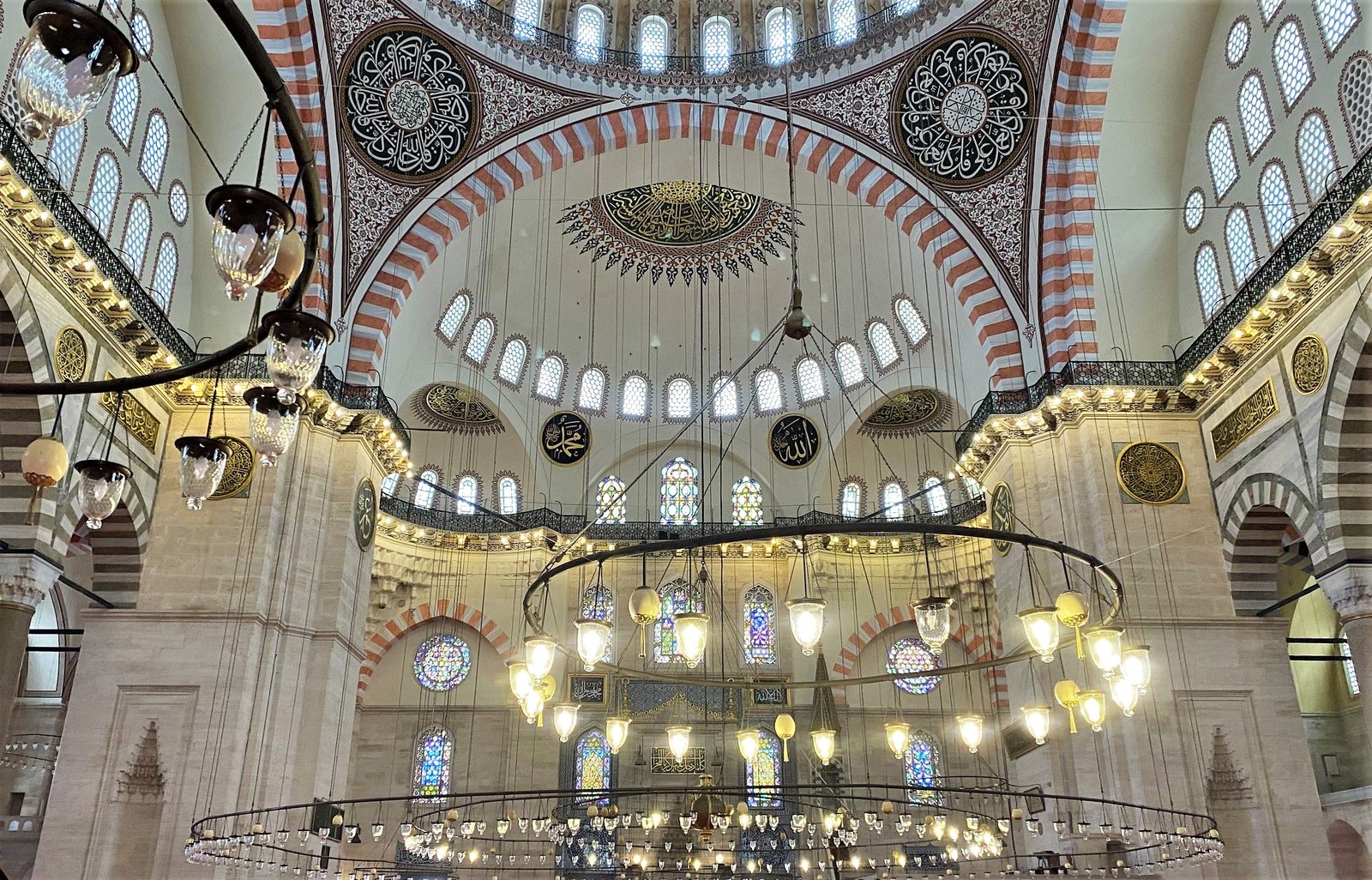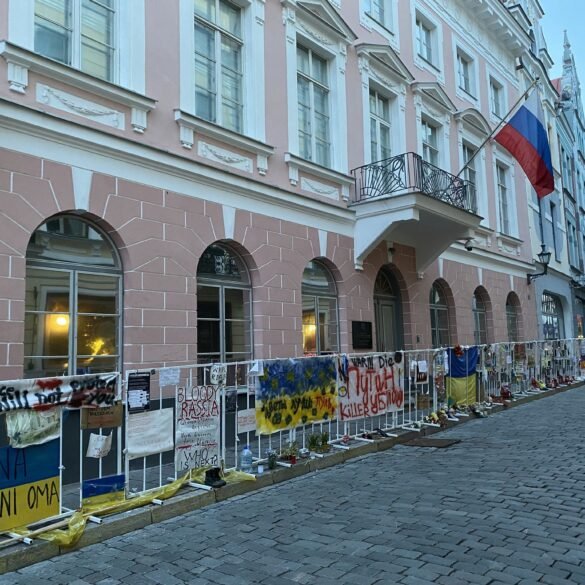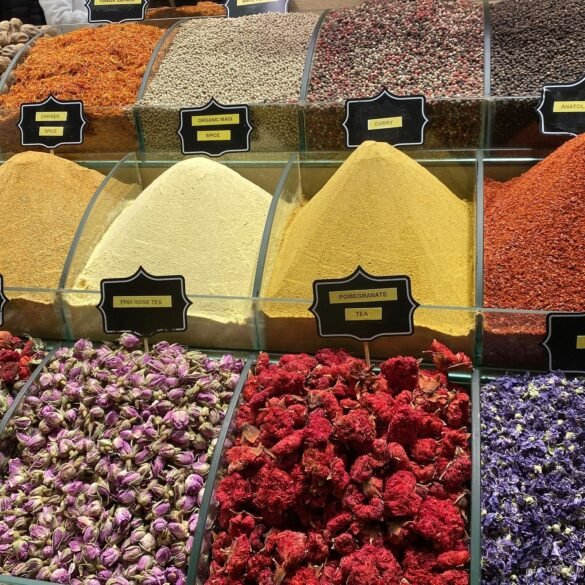I love markets in Asia. Bright colors, pungent smells, cacophonic sounds - visiting a market in Asia is always a chaotic and exotic experience. Every time we come to Asia, I get excited about getting lost in the labyrinths of markets and discovering local crafts, delicious and cheap food, and friendly vendors. In the nearly twenty years of our travels, I celebrated my birthday by eating noodles at a produce market in Cambodia, browsed souvenirs and counterfeit goods at the “Russian Market” in Beijing, and witnessed the spectacle of Julia bargaining at the night market in Thailand. Last November, I met with my parents in Istanbul, where we spent one week enjoying the city’s museums, mosques, and archeological sites. But the real highlight of our stay was exploring numerous markets on both the European and Asian sides of the city. Today’s post is about our visit to the granddaddy of all Istanbul markets – the Grand Bazaar.
The Grand Bazaar is the oldest and biggest market in the city. It was built in the 15th century, and for more than 500 years it has served as the city’s main and most atmospheric shopping mall. Sprawling and occupying several city blocks, the Grand Bazaar feels like its own town within a city. Roaming more than 60 covered streets and unending rows of stalls, you can find everything here: from traditional Turkish crafts to gold, silver, clothes, and modern commodities. Everything here bursts with color and creates a sensory overload. Exquisite carpets with beautiful Ottoman patterns, colorful lamps and lanterns, Iznik ceramics, striking yet practical metalware and textiles - choices at the Grand Bazaar are endless. Our favorite section was undoubtfully the magnificent displays of Turkish sweets: rahat lukum (Turkish delight), baklava, halva, glazed pistachios, and almonds. Yum!
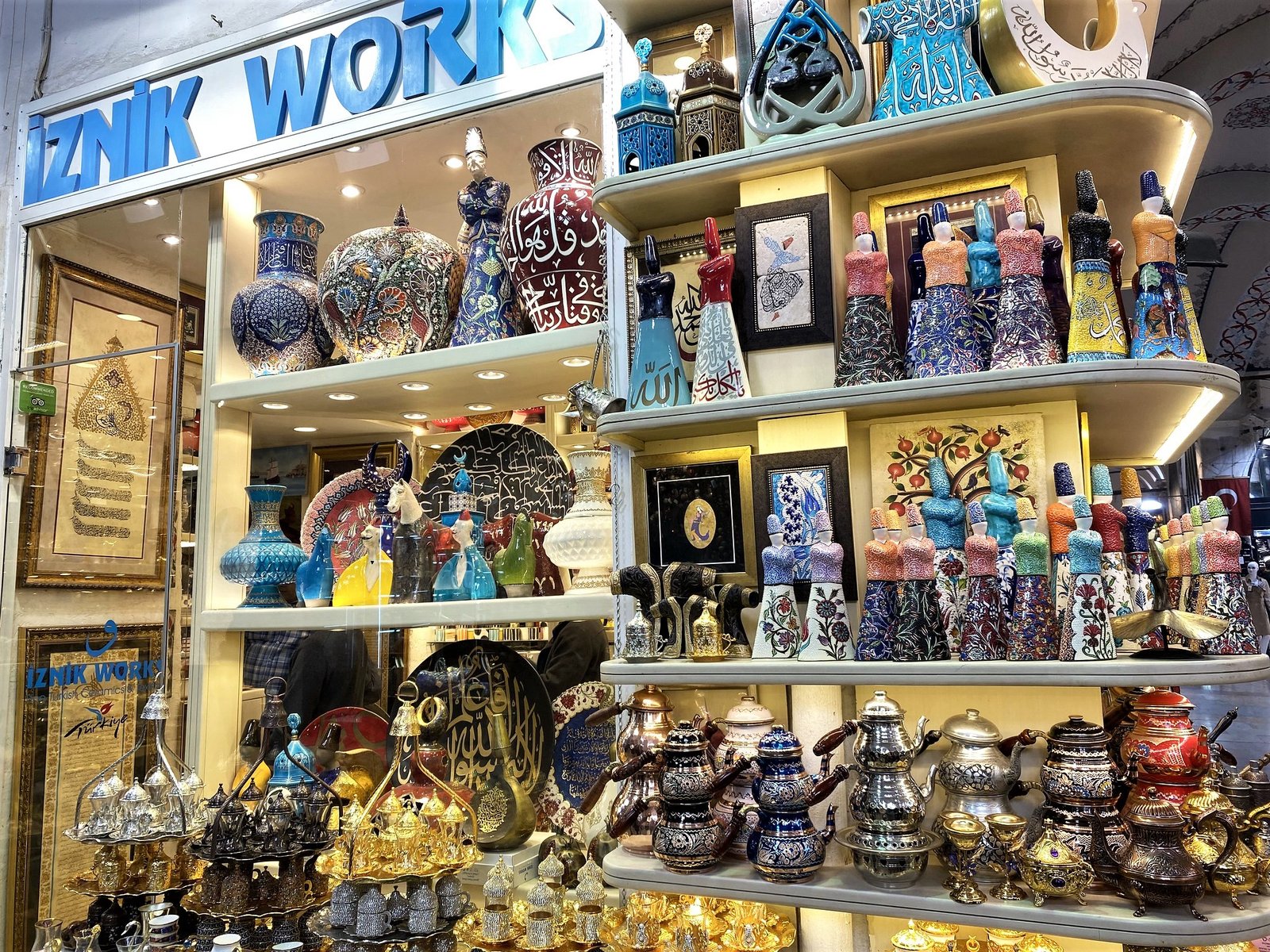
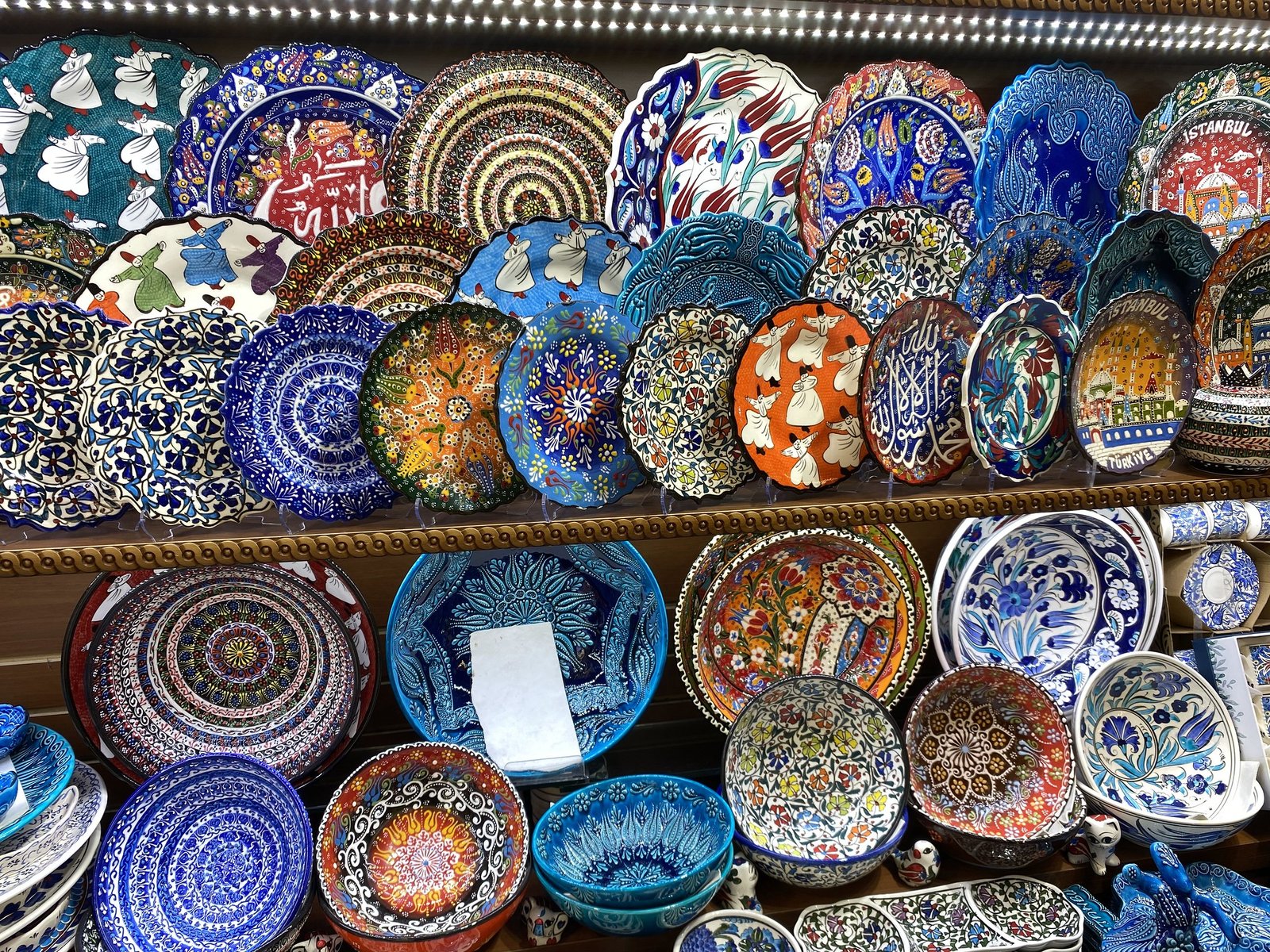
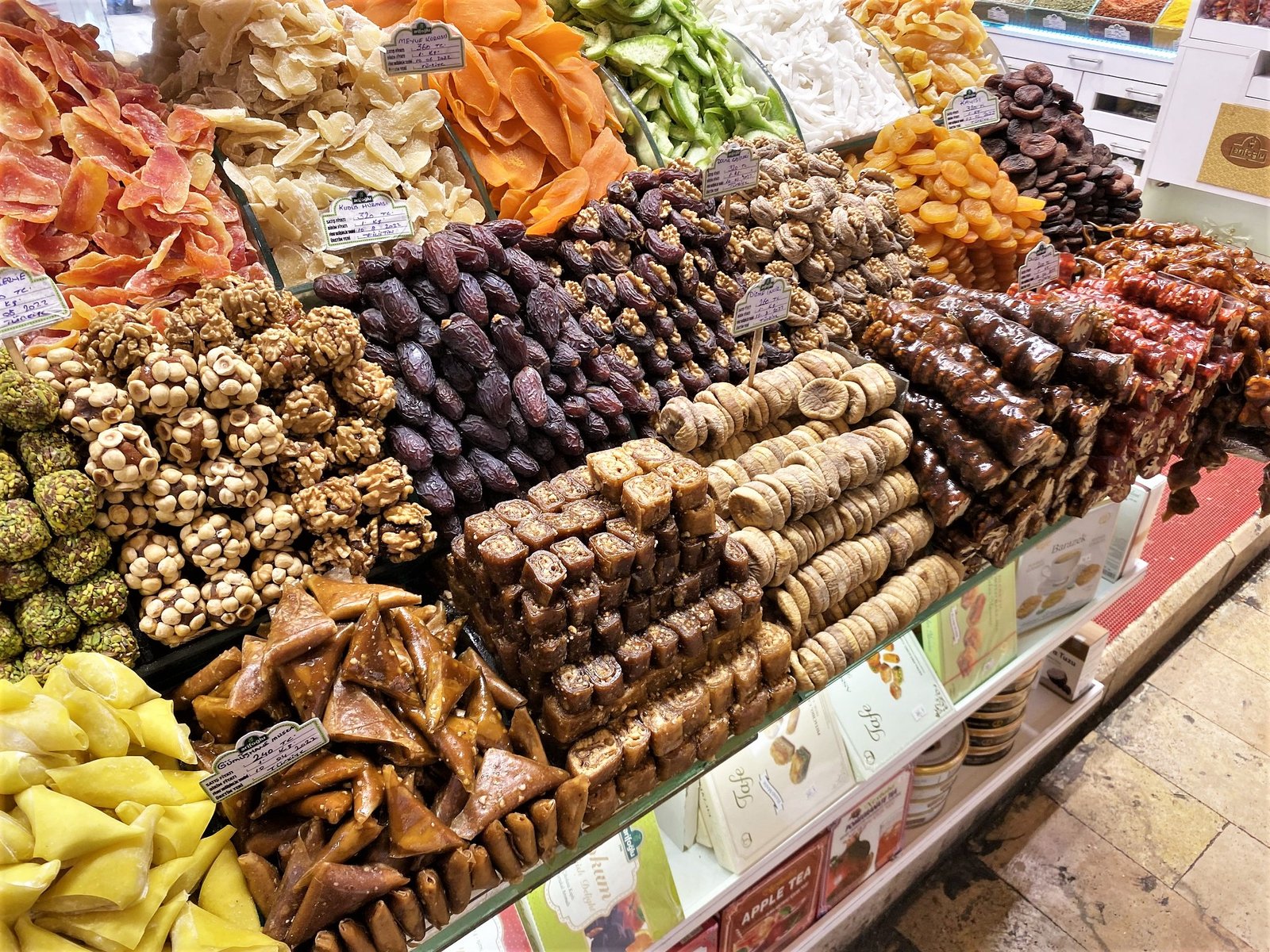
The Grand Bazaar is one of the main attractions in Istanbul. It's hard to imagine coming to Istanbul without visiting it. The market is always bustling, but due to its size doesn't feel crowded (at least, it didn't on the day when we visited it).
I came to the Grand Bazaar to take in the atmosphere, look at superb Turkish goods, and maybe buy something. I didn't have any particular plan or idea of how the visit should go. My parents, on the other hand, knew exactly why they were there. Before the trip, they asked their 5-year-old granddaughter (my niece) what she wanted them to bring from Istanbul, and she asked for glazed almonds. So my parents came to the Grand Bazaar with one goal in mind: glazed almonds. At the market, they didn't quite understand why I wanted to aimlessly linger at some shops, joke with touts, and chat with sellers about random things. They were there on a mission, and the mission was … glazed almonds and nothing else! When I stopped at one of the shops to look at beautiful pottery, my dad, without slowing his brisk pace, motioned with his arm, pointing forward: “Let’s go, the almonds are this way.” I just chuckled at how transaction-like my parents were and how seriously they treated this whole “Grand Bazaar cultural experience”.
Because of its status, prices at the Grand Bazaar are higher than what you can find at other markets in the city. Sure, you can try your bargaining skills and attempt to significantly knock down the asking price, but most likely, you will overpay. The century-old tradition of bargaining is alive and well here, and the house (or, to better put it, the market) always wins. The sellers invite you to their shops and offer you a cup of tea and a friendly chat. They also give you samples to try and, in the process, may even lie that you won't find a better price or a similar product anywhere. Their charm works magic, and it's impossible to walk away without buying something and …overpaying.
Yet, my parents were determined to “win” this game and buy almonds at the best price possible. At all the sweets shops where we stopped, they were a little bit guarded (even suspicious), didn't want to get into a friendly banter with the sellers, and insisted on getting a discount. I would always swoop into these tense interrogations of shopkeepers by my parents and soften their perceived Eastern European harshness with a friendly chat. Finally, at one of the stalls, after drinking several cups of tea and sampling different types of sweets, we purchased chocolate-glazed almonds. My parents felt quite accomplished after getting the vendor to reduce the price by a whopping 20%. They felt as if they “beat the market”. Well … as we exited the Grand Bazaar and turned the corner, there was a surprise waiting for us. On both sides of a narrow street, we saw stands selling identical glazed almonds for … half the price that we just paid! My dad looked astonished and just whispered under his breath: “Oh, no! He tricked us!” But to my parents’ credit, they didn't show much disappointment for overpaying and handled the whole situation with grace.
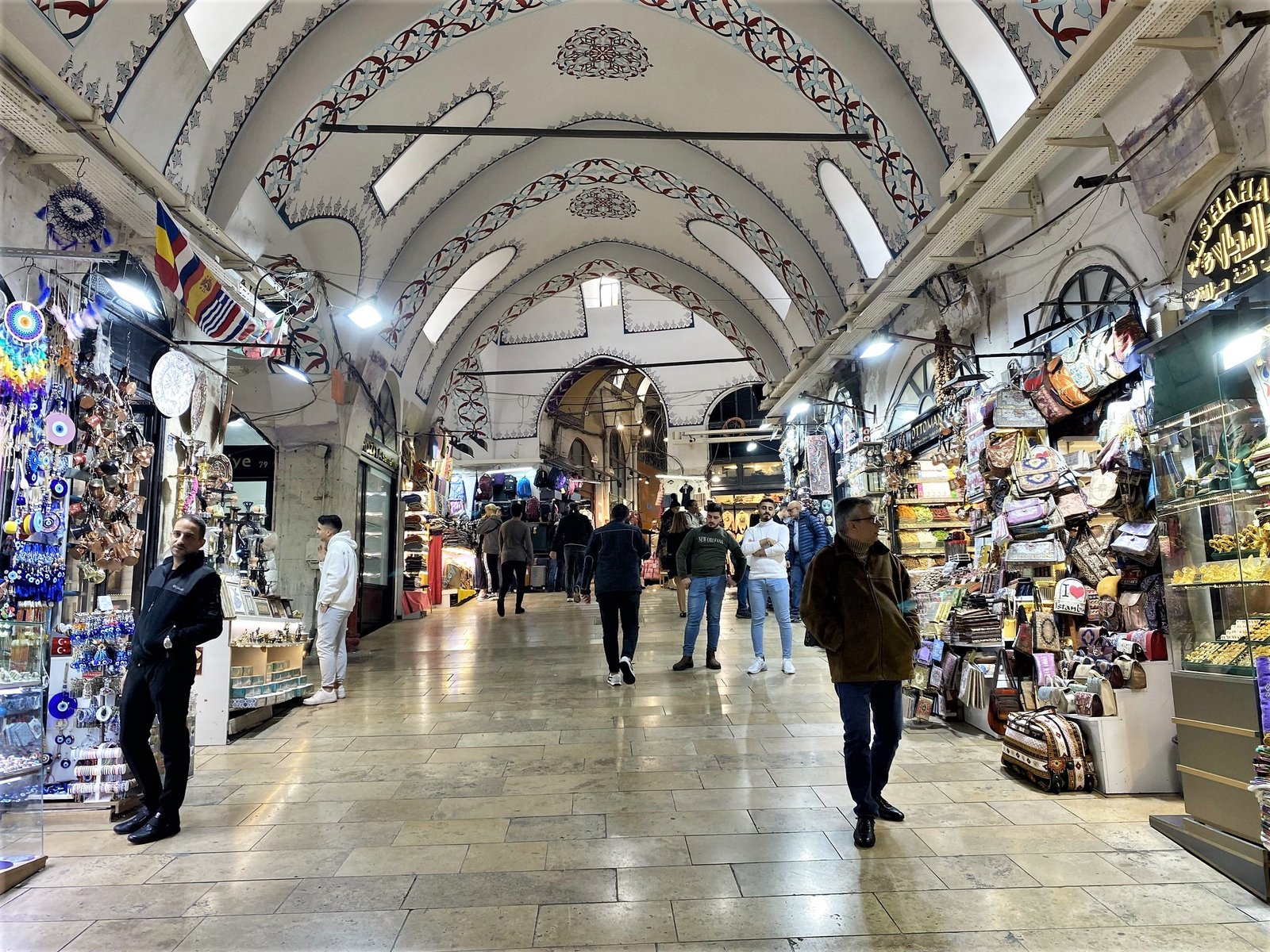
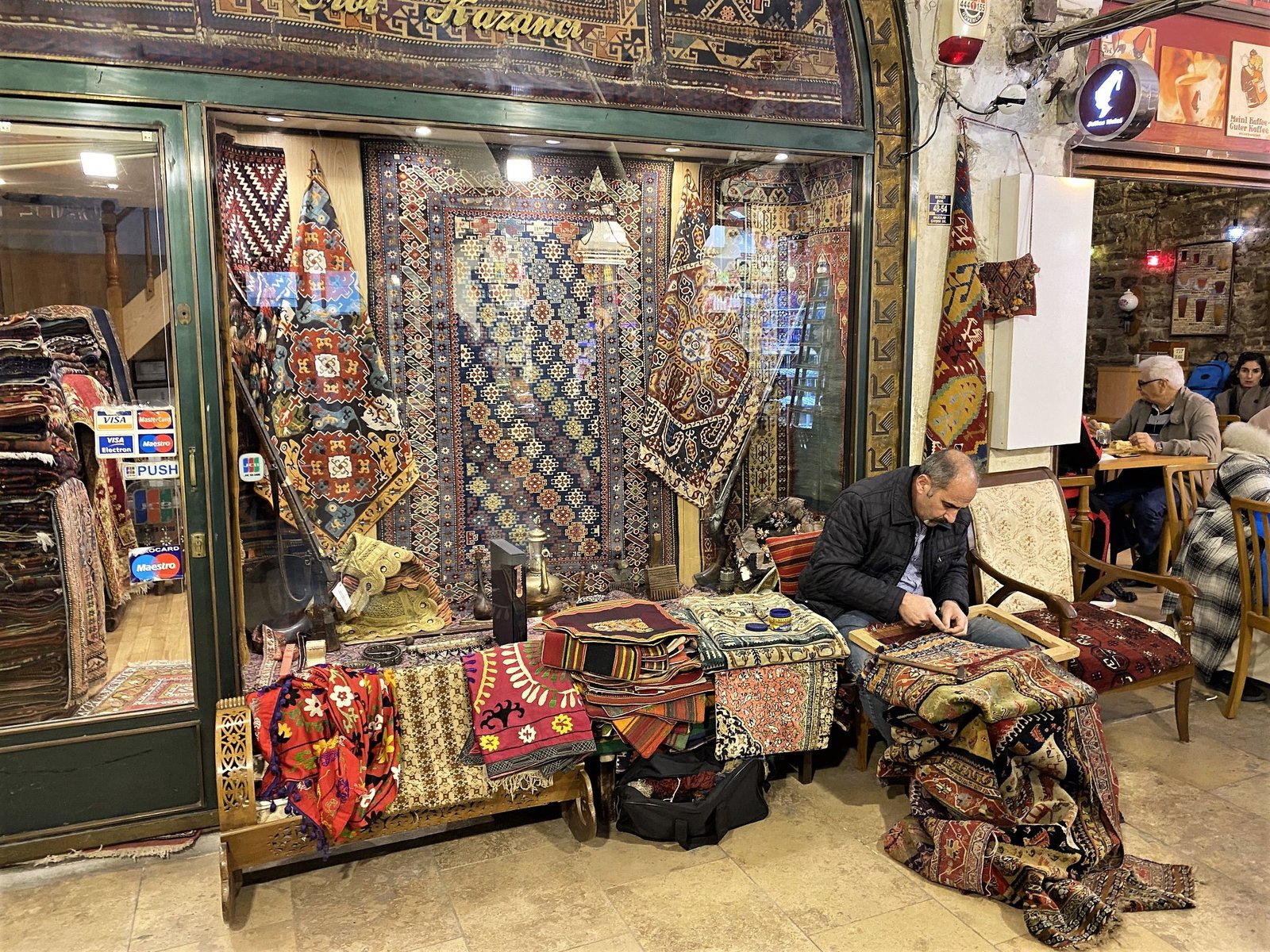
Overpaying at the Grand Bazaar certainly didn't spoil the experience for me. I enjoyed chatting and sharing laughs with shopkeepers and touts. They are quite charismatic, entertaining, and friendly. Even if you overpay, you pay to witness and participate in the centuries-old tradition of getting ripped off by professionals who seemingly stepped out of the pages of Middle Eastern tales. But be warned: if the budget is on your mind, the best thing is to visit the Grand Bazaar to take in the atmosphere and buy equivalent goods at other markets in the city (which I describe in my next posts).
Overall, the Grand Bazaar is a great place to spend a few hours in Istanbul and shouldn't be missed. The nearby Süleymaniye Mosque is another place worth checking out that also provides a pleasant and serene escape from the Grand Bazaar’s shopping craziness.
